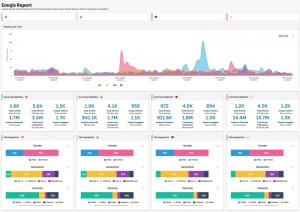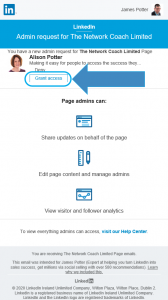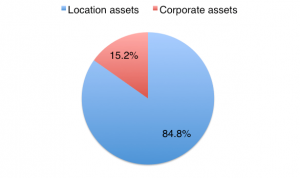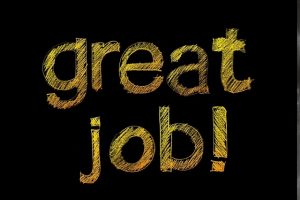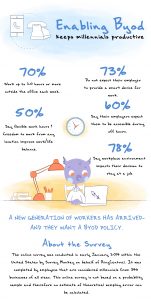20% of your tools drive 80% of your results, but how do you determine which tools they are?

This is the second part of a series on using the 80%/20% rule to get the most from your martech stack. The first part is here.
The Pareto Principle states that roughly 80% of outcomes come from 20% of causes. In martech terms, that means 20% of your tools drive 80% of your results. But how do you determine which tools are in that group? Here are seven strategies to do that.
1. Consolidate overlapping tools
Review your martech inventory for tools with overlapping functionalities. Do you have separate tools for email marketing, social media scheduling and content planning? See if any one of them can handle multiple functions effectively. This consolidates your stack without sacrificing capabilities.
Note: While this can be advantageous, be careful about over-relying on all-in-one solutions. Don’t sacrifice the specialized features essential to your marketing success in the name of efficiency.
2. Invest in leveraging APIs
APIs facilitate integration, and iPaaS (integration platform as a service) solutions can simplify this with pre-built connectors for popular platforms. However, effective integration requires technical expertise and may involve custom development, especially for complex use cases or unique business requirements.
API integrations can reduce some IT resource demands and accelerate certain deployments. Keep in mind the cost-effectiveness varies with tool choice and integration complexity. Even with a tech-savvy marketing team, CMOs should collaborate closely with IT on implementation and strategy. As you evaluate new tools, APIs and iPaaS integrations should be a consideration. No matter how good they may be, you will need regular reassessments to maintain effectiveness.
3. Negotiate better deals
Deploy your usage data and business goals to get better pricing from vendors. Analyze your tool usage, engagement metrics and future needs to demonstrate your value to them as a customer. Focus on how the partnership can be mutually beneficial, regardless of your company’s size.
When negotiating, remember:
- You’re not just another customer; you’re a partner. Act like it.
- Bring data to the table. Show them the cold, hard facts about your value.
- Push for the best terms. If they don’t budge, find someone who will.
- Be ready to walk away. It’s your greatest negotiation tool.
4. Create power user teams
Identify your most proficient and enthusiastic users for each tool in your stack. These “power users” deeply understand the tool’s features and best practices. Have them:
- Create best practices and documentation for consistent, efficient tool use across teams.
- Hold monthly workshops to share their expertise, educate colleagues and onboard new team members.
- Serve as the go-to people for questions, troubleshooting and optimization suggestions.
5. Focus on training
Training on your most critical platforms maximizes effectiveness and ROI. Develop a comprehensive onboarding program for new hires and schedule regular refresh sessions to ensure everyone is up-to-date on the latest features and best practices.
If it’s at all possible, budget for professional development. Have team members attend industry conferences, webinars and workshops that will improve their skills. This will pay for itself via a more skilled, efficient and productive team.
This can be a game-changer for your organization. There are no shortcuts here. It’s like farming: Plant, water and reap the harvest in the form of a more effective and efficient workforce.
6: Implement a continuous improvement cycle
- Monthly Micro-Audits: Review one tool monthly, assessing its performance against KPIs.
- Quarterly Stack Reviews: Every three months, gather key stakeholders to a) Review the entire stack’s performance; b) Identify tools for potential elimination or upgrade; and c) Discuss new technologies that might fill gaps in functionalities. Whatever you do, don’t be a hyper-consumer.
- Annual Strategic Alignment: At the start of each fiscal year: a) Align your martech capabilities with business, marketing, customer experience and technology goals; b) Forecast technology needs based on growth projections; and c) Plan major upgrades, migrations or eliminations
7. Measure what matters
Applying the 80/20 rule to your martech stack requires tracking the metrics that show the impact of your tools:
- Customer Acquisition Cost (CAC). Why it’s crucial: CAC helps identify the most cost-effective tools for acquiring new customers. Application: Break down CAC by tool to determine your stack’s most efficient acquisition channels.
- Lifetime Value to CAC Ratio (LTV:CAC). Why it’s crucial: It ensures your stack is helping you acquire profitable customers. Application: Use this to evaluate the long-term value of customers acquired through different martech tools.
- Return on Marketing Investment (ROMI). Why it’s crucial: ROMI directly ties your martech investments to financial outcomes. Application: Calculate this for the entire stack and individual tools to identify top performers and areas for improvement.
- Time Saved. Why it’s crucial: It quantifies efficiency gains from your tools. Application: Consider time saved when assessing a tool’s value beyond financial impact.
How to use these metrics for decision-making:
- Prioritization: Focus resources on tools with the best performance across these metrics.
- Optimization: Identify underperforming tools and either improve their usage or consider replacing them.
- Justification: Use these metrics to support budget requests or demonstrate the value of your martech investments to stakeholders.
- Trend Analysis: Track these metrics to spot trends and make proactive decisions about your martech stack.
Remember, these metrics are most effective when considered alongside qualitative factors aligned with business objectives.
Adapting 80/20 for different resource levels
These strategies can be modified to fit teams with different sizes and resource levels. Here are some considerations:
For Smaller Teams: Instead of dedicated power users, create a system of shared responsibility where each team member becomes an expert in one or two critical tools. Focus on multi-functional tools that can handle various aspects of your marketing efforts. Leverage free training resources vendors provide, such as webinars and online documentation.
For Limited Budgets: Prioritize tools that directly impact revenue-generating activities. Consider open-source alternatives for some functions. Negotiate aggressively with vendors, emphasizing the potential for growth and increased usage.
For Time-Constrained Teams: Implement the 80/20 rule gradually, starting with an audit of your most-used and least-used tools. Use automation features of existing tools to cut down on repetitive tasks. Focus initial optimization efforts on the tools used in your most critical marketing processes.
Remember, the goal of the 80/20 approach is to increase efficiency and effectiveness. While the exact implementation may look different for each organization, the principle of focusing on the parts of your martech stack with the most impact remains the same.
The post 7 strategies for getting the most from your martech stack appeared first on MarTech.
(5)
Report Post
